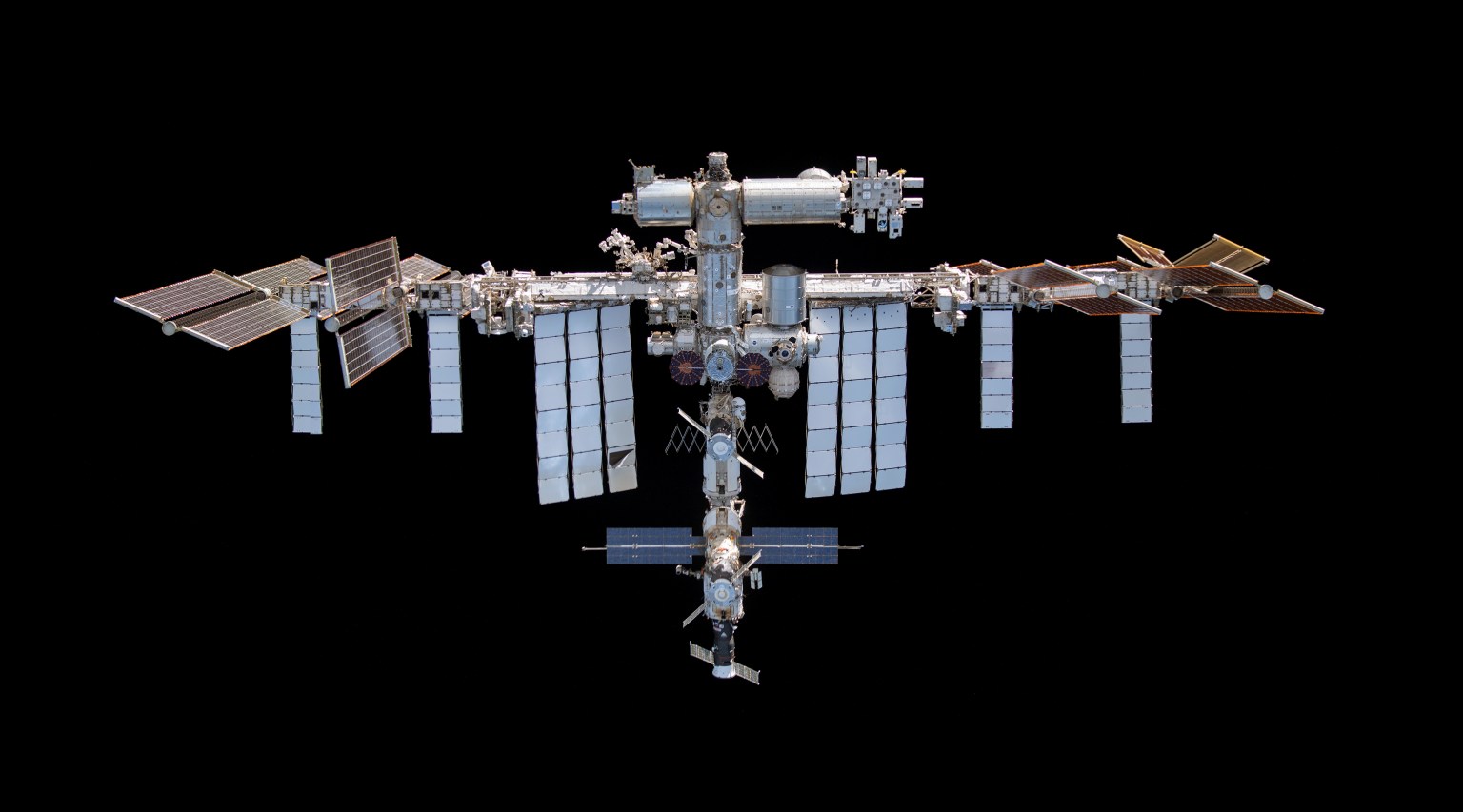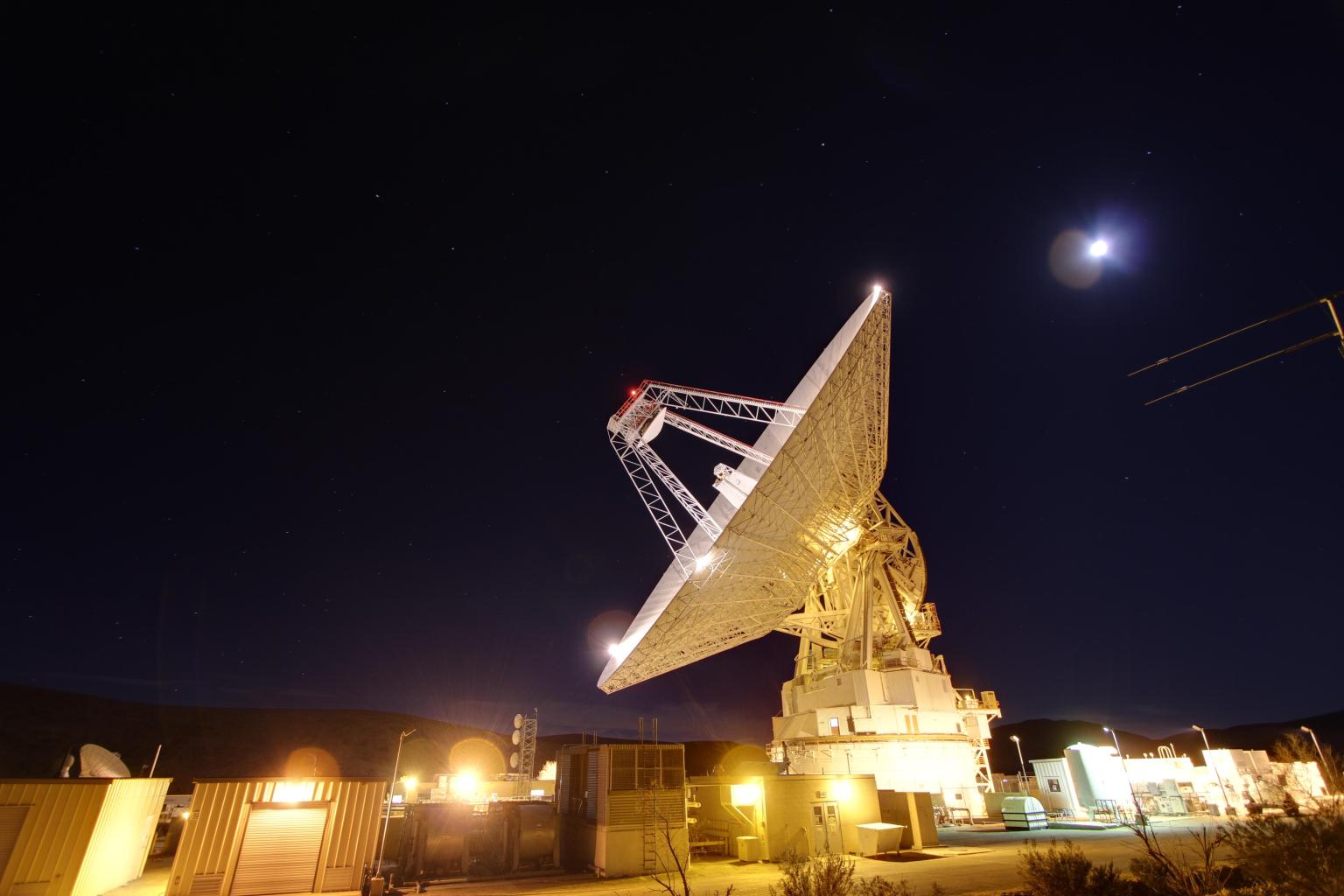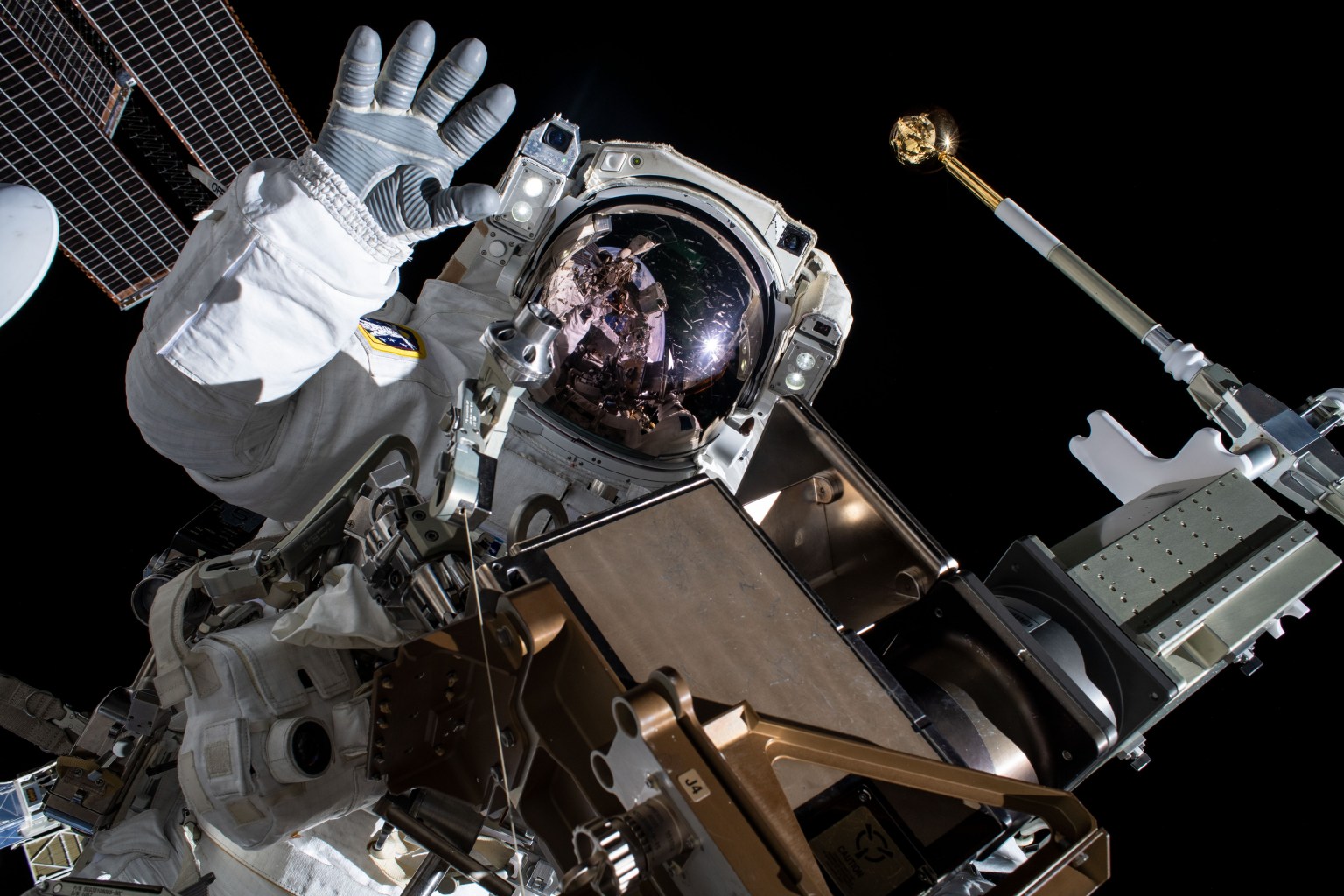Tracking and Data Relay Satellites (TDRS)
For more than 40 years, NASA’s Tracking and Data Relay Satellites (TDRS) have provided near-continuous, high-bandwidth communications to over 25 missions in low Earth orbit, including the Hubble Space Telescope and the International Space Station.
The TDRS fleet is made up of relay satellites that transmit signals between ground station antennas, spacecraft, and other relay satellites. Together, these satellites form a communications system that keeps missions in near-continuous contact with Earth, allowing them to transmit science, health, and location data almost instantly. Without these relays, spacecraft would lose communications whenever they moved out of view of ground antennas.
Real-time communications are especially critical to human spaceflight, but all spacecraft benefit from the enhanced connectivity relays provide. Today, both public and private space exploration depend on satellite relays like TDRS to bring their data back home. As of 2025, seven active TDRS satellites remain in geostationary orbit, offering continuous tracking and data relay for NASA missions.
From its inception, the TDRS fleet has revolutionized how NASA monitors and controls its missions. While its final satellite, TDRS-13, launched in 2017, TDRS continues to influence advancements in network architecture and the space communications marketplace.
Nobel Prize-winning science, every conversation with astronauts aboard the International Space Station, each image from Hubble Space Telescope, and much more have flowed through TDRS.

Dave israel
NASA Near Space Network Chief Architect
As TDRS approaches retirement, NASA is looking to its commercial successors for communications services with greater scalability, flexibility, and innovation. Effective November 8, 2024, NASA will no longer assign new missions to the TDRS system. Existing missions, such as the International Space Station and Hubble, will continue to use TDRS until the satellites are decommissioned.
The legacy of TDRS, however, will continue to be felt in the pioneering global architecture that future commercial satellite relays will inherit.
TDRS at a Glance
- Operational Since: 1983 (TDRS-1)
- Orbit: Geostationary (22,300 mi/35,786 km altitude)
- Total Satellites Launched: 12
- Current Active Fleet: 7
- Last Satellite Launched: 2017 (TDRS-13)
- End of New Mission Support: November 8, 2024
Generations of TDRS
| Generation | Launch Years | Notable Features | Status |
| First | 1983-1995 | Enabled first near-continuous contact with low Earth orbit missions | Retired or near end-of-life (TDRS-2, -5, -6, -7) |
| Second | 2000-2002 | Enhanced power and data handling | Operational (TDRS-8, -9, -10) |
| Third | 2013-2017 | Improved signal quality and Ka-band capability | Active fleet (TSRS-11, -12, -13) |




